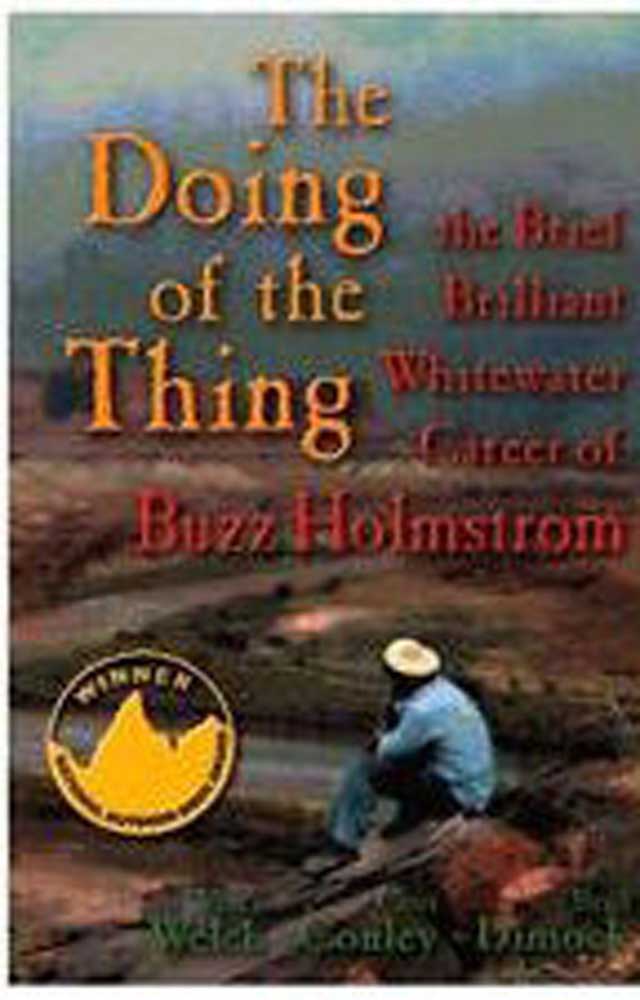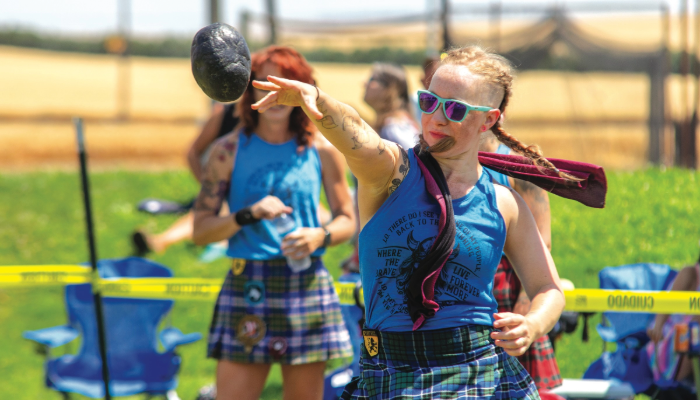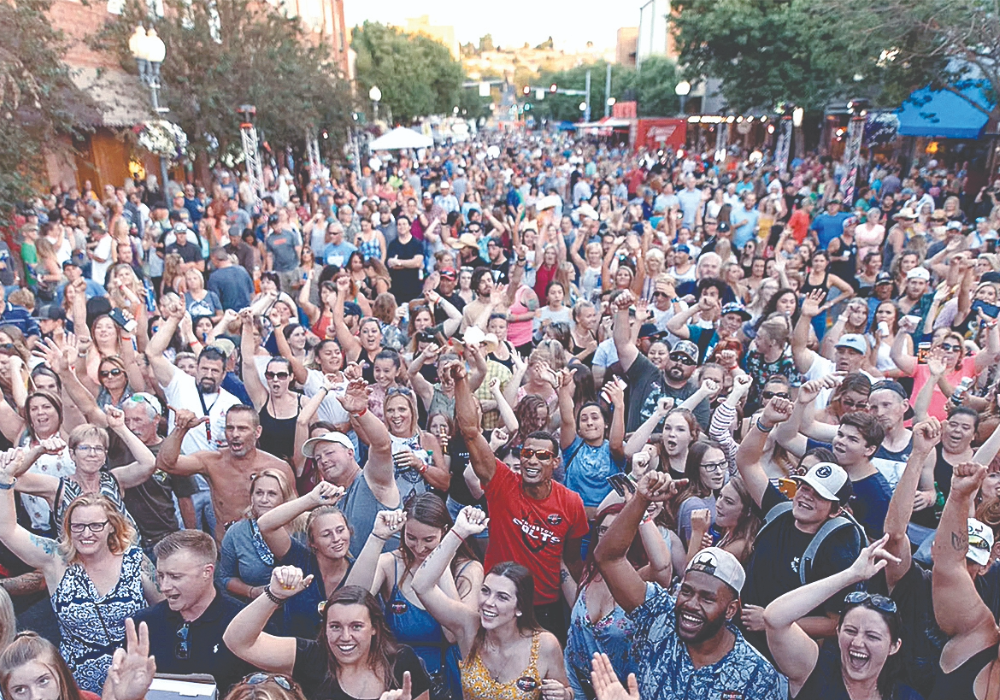A history lesson on Rondowa
Published 3:00 am Wednesday, February 15, 2023

- The Doing of the Thing
The Grande Ronde and Wallowa rivers meet in wild country at a spot called Rondowa.
Trending
Characterized by steep basalt canyons, native bunchgrass slopes, high ridges and forests, Rondowa is a familiar landmark for boaters set to run a federally protected section of the Grande Ronde River that starts near Rondowa and flows to the Oregon-Washington border, 44 miles downstream.
The float is popular with wave riders. Long overnight trips drift past. Floaters spot black bears, cougars and mountain goats on the slopes and bald eagles that soar overhead.
Anglers chase spring and fall Chinook, summer steelhead and rainbow trout.
Trending
Rondowa, a marriage of Ronde and Wallowa, is also familiar to tourists who ride the branch line train that rounds the curve and crosses the river here.
Otherwise, the branch line linking La Grande and Joseph is mostly quiet. Freight trains plied the tracks from 1908 on, hauling finished products from sawmills and grain elevators, with peak use coming in the late 1940s. The station at the Rondowa junction is where trains stopped for dinner.
The Rondowa Hotel was a going concern in the early 1900s, and homesteaders received their mail here for several years.
Those who stop at Rondowa today might see a plaque honoring Haldane “Buzz” Holmstrom, an expert boatman and service station attendant from Coquille who was made famous by a pioneering solo trip down the Green and Colorado rivers in the 1930s and who met a tragic end at Rondowa on May 18, 1946.
Along the rivers of the West, Holmstrom is remembered as “a boatman’s boatman.”
A master craftsman, he built his own flat-bottomed rowboats. In his mid-20s, he put his craft to the test in the Rogue River and later the Salmon “River of No Return” in Idaho.
Holmstrom was 28 years old when he embarked on a 52-day, 1,100-mile solo run of the Green and Colorado rivers ending on Thanksgiving Day 1937.
“Some people have said I conquered the Colorado,” Holmstrom said. “I don’t say so. It has never been conquered, and never will, I think. Anyone it allows to go through its canyon and see its wonders should feel thankful and privileged.”
Holmstrom had great respect for the Colorado. An excerpt from his journal explains how he prepared for each difficult stretch of the river.
“I think the river is not treacherous as has been said,” he wrote. “Every rapid speaks plainly just what it is and what it will do to a person and a boat in its current waves, boils, whirlpools and rocks — if only one will read and listen carefully. It demands respect and will punish those who do not treat it properly.”
Holmstrom was not a thrill seeker or glory hog, and did not make the run to gain fame.
“I have already had my reward, in the doing of the thing,” he wrote. “The stars, the cliffs and canyons, the roar of the rapids, the moon, the uncertainty and worry…”
A second Colorado River trip, in 1938, with Amos Burg and Willis Johnson, was captured in Burg’s short movie “Conquering the Colorado.”
Holmstrom enlisted in the Navy in World War II. After discharge, he returned to Coquille.
He found employment with the U.S. Coast and Geodetic Survey and was on the second day of a surveying trip as a river boatman when he came to Rondowa in 1946.
Some have speculated that Holmstrom was flustered by the new style of boat he was charged with piloting, as it was overloaded with supplies while plying dangerously high water.
Others have speculated that Holmstrom failed to find a balance between the highs of running America’s wildest rivers and the lows of everyday life.
Having walked away from camp on the evening of May 18, 1946, on a game trail downriver from Rondowa, he died of a gunshot on the banks of the Grande Ronde. The coroner ruled the death a suicide.
Today boaters floating past Rondowa pay homage to Holmstrom, as do summer railriders on trips from Minam Store 10 miles downstream to a towering trestle at the old timber camp.
Tourists on the Eagle Cap Excursion Train that departs from Elgin Depot and follows the Grande Ronde River to Rondowa, then up the wild and scenic Wallowa River, are also witness to the site of this nearly forgotten part of Northeast Oregon history.









